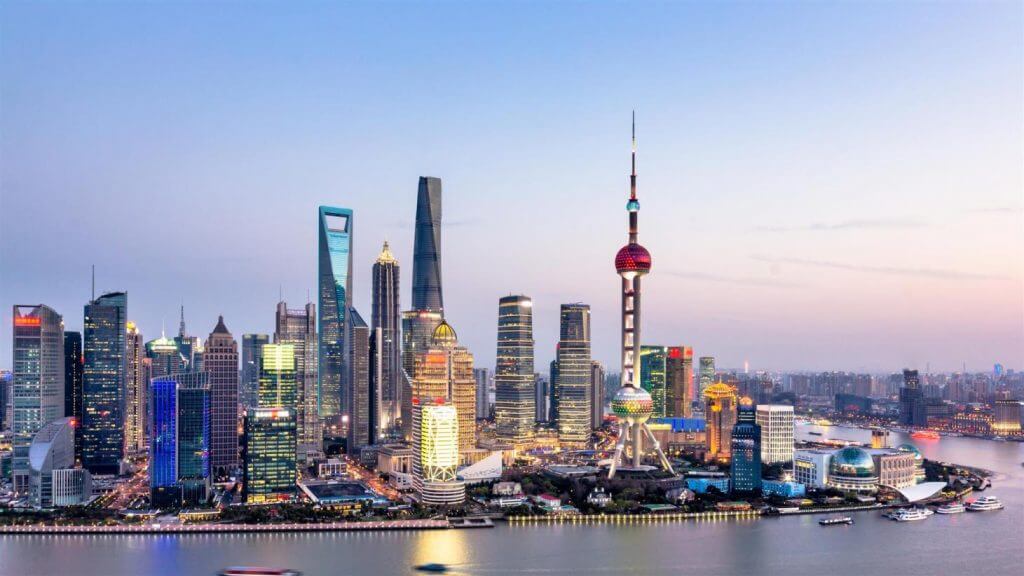
China’s travel industry remains on an uneven recovery path.
NB: This is an article from McKinsey & Co.
The domestic market has weathered disruptions and resumed pre-COVID-19 growth while China’s outbound travel is still extremely limited and has not seen any meaningful recovery to date. As outbound is likely to remain muted for the next 12 to 18 months, it is imperative that travel companies double down on opportunities in the domestic market.
Subscribe to our weekly newsletter and stay up to date
Chinese travelers are looking to experience local destinations and new travel offerings, particularly as higher-end travelers “re-shore” overseas demand. Trends indicate that there is significant demand for outdoor experiences as well as integrated luxury offerings that act as alternatives to a traditional packaged tour. Companies that have adapted their products, and the ways they market them, to cater to domestic demand have pulled ahead of the competition.
Domestic travel has made a strong recovery
Chinese domestic travel has seen a world-leading post-pandemic recovery, rebounding to surpass 2019 peaks. Travel companies are still adjusting capacity and offerings to cater for pent-up demand, but the outlook across the sector is clearly positive, with demand passing pre-COVID-19 levels coming out of the May national holiday. In fact, major OTAs have noted domestic travel’s great momentum in April and May and describe a full recovery in long-distance travel across provinces.
Increases in air and rail travel, and hotel bookings, clearly illustrate the rebound in domestic travel. Domestic air passenger numbers have seen an 8 percent increase compared to 2019 figures, and seat capacity is consistently 15 percent above 2019 figures as airlines have redeployed fleets from international routes to service the domestic market. Rail is also on the increase, with passenger numbers at approximately 95 percent of pre-COVID-19 levels. This slightly slower recovery compared to air may be due to rail prices remaining constant, while air prices decreased due to deeper discounts. Hotel bookings are up 6 percent compared to 2019 during the May holiday (Exhibit 1).
Domestic recovery is still exposed to public-health setbacks as government responses to COVID-19 outbreaks temporarily disrupt travel. For instance, in January 2021, COVID-19 cases in Hebei province prompted government travel guidance which dented nationwide demand over the peak Chinese New Year period. Consequently, air and rail passenger numbers both fell 40 percent compared to pre-COVID-19 levels, and our Chinese-traveler sentiment survey showed a drop in traveler safety confidence at this time.1 Similarly, a June 2021 outbreak in Guangdong significantly impacted the industry in the province—hotel occupancy in Guangzhou and Shenzhen was down 75 percent by mid-June, and flight seats booked to the province fell by 50 percent.





